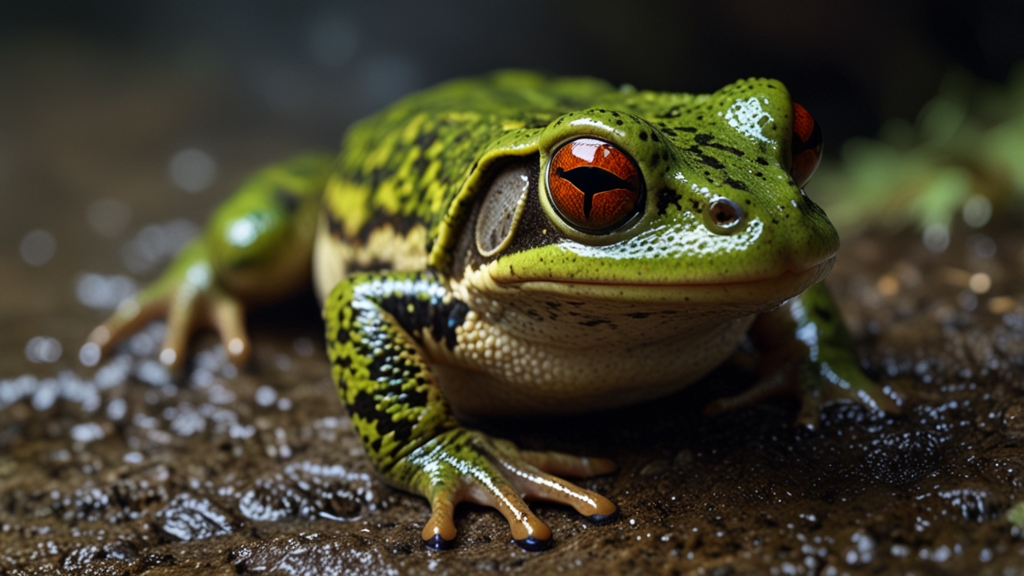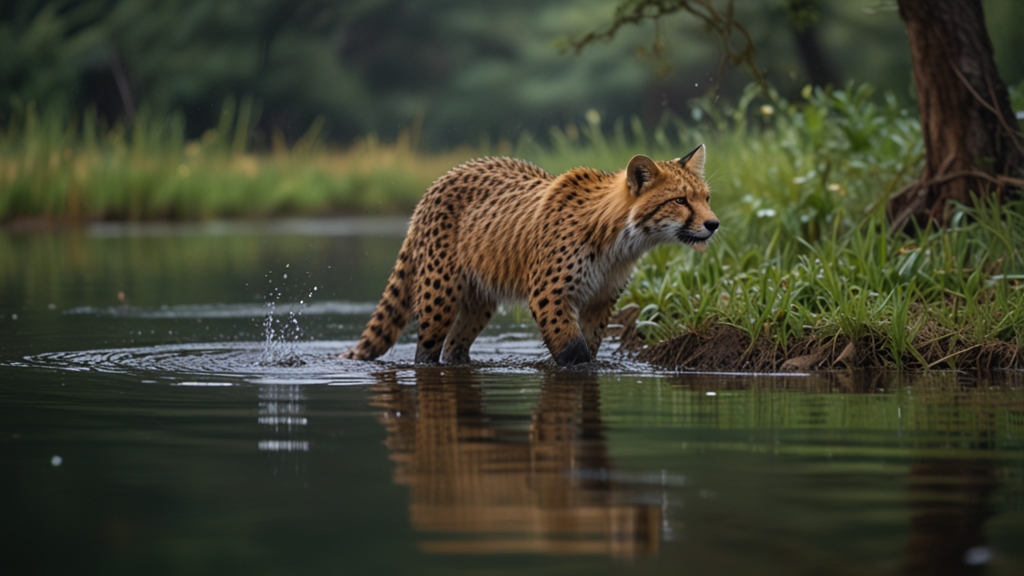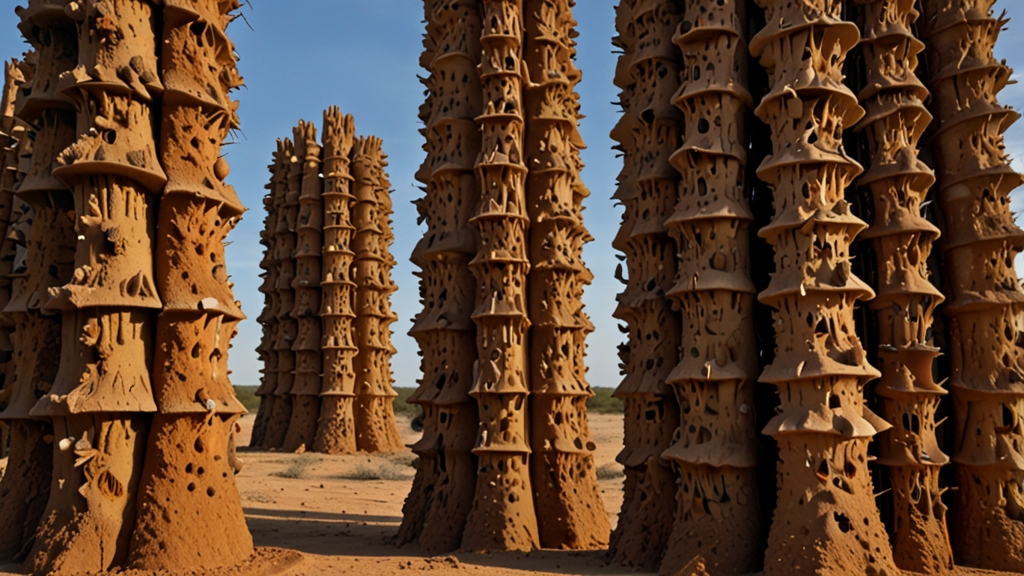Requiem for a Species: A Look at Endangered Animal Stories
The creeping shadow of extinction looms over many of Earth's incredible species, a silent march towards a future where several wondrous animals may only exist in history books, photographs, and memories. These animals, each with unique roles in their ecosystems, face unprecedented threats primarily due to human activities. This article dives deep into the stories of a few endangered species, highlighting their struggles and the efforts being made to save them.
The Majestic Amur Leopard
Sporting a unique coat of rosettes and spots, the Amur leopard is a solitary and nocturnal hunter from the temperate forests of Russia and China. Historically, these leopards roamed extensive regions, but today, fewer than 100 individuals remain in the wild.
"The Amur leopard's precipitous decline can be largely attributed to habitat destruction, prey depletion, and poaching. Conservation programs are working diligently to protect its dwindling habitat and replenish its prey base," - Dr. Alexei Smirnov, Wildlife Conservationist.
Efforts to save the Amur leopard include the establishment of protected areas such as the Land of the Leopard National Park in Russia, creation of wildlife corridors, and extensive anti-poaching measures. The collaboration of international organizations, governments, and local communities provides a glimmer of hope for the future of this extraordinary feline.
The Elusive Vaquita Porpoise
The vaquita, the world's most endangered marine mammal, resides only in the northern part of the Gulf of California, Mexico. This small porpoise, barely over four feet in length, faces imminent extinction due to entanglement in fishing gear, primarily gillnets used for illegal totoaba fishing.
"With fewer than 10 vaquitas left, urgent actions are necessary to eliminate gillnet use in their habitat and enforce strict regulations. Otherwise, this species could disappear forever," - Dr. Lorenzo Rojas-Bracho, Marine Biologist.
Conservation groups and the Mexican government have undertaken significant efforts to remove gillnets from the vaquita's habitat and promote sustainable fishing practices. Public awareness campaigns and increased patrolling of the Gulf of California aim to curb illegal fishing activities. Although the situation is dire, ongoing dedication to saving the vaquita fosters a faint but persistent hope.
The Iconic Mountain Gorilla
Mountain gorillas, found in Uganda, Rwanda, and the Democratic Republic of Congo, showcase strength and social intelligence. Despite their imposing presence, these great apes are highly endangered due to habitat loss, poaching, and diseases transferred by humans.
"The population of mountain gorillas has shown a positive trend due to effective conservation programs, community involvement, and eco-tourism initiatives. However, ongoing vigilance and support are essential to maintain and build on these gains," - Dian Fossey Gorilla Fund International.
Intensive conservation efforts, including anti-poaching patrols, habitat restoration, and careful veterinary care, have stabilized and even modestly increased the population of mountain gorillas. The development of responsible eco-tourism has also provided both protection for the gorillas and economic benefits for local communities, encouraging them to preserve these magnificent creatures.
Conclusion: A Call to Action
The stories of the Amur leopard, the vaquita porpoise, and the mountain gorilla underscore the diverse and complex threats faced by endangered species around the world. While conservation efforts have achieved noteworthy successes, the battle against extinction is ongoing and requires persistent global commitment, innovation, and collaboration.
Each of us can contribute to this cause, whether through supporting conservation organizations, advocating for stronger environmental policies, or making lifestyle choices that lessen our ecological footprint. Together, we can ensure that future generations inherit a world rich with the biodiversity that sustains life on Earth.











